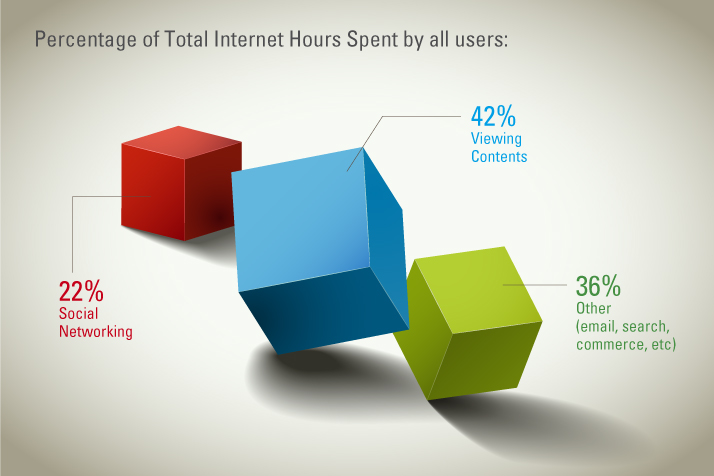The Digital Brain

How many emails have you read today? How many texts? Tweets? Roll in the New York Times and Wall Street Journal online. You say you’re not guilty? In a Buzzfeed report, the average Android Locket app user checked their phone around 110 times a day. ABC’s Technology Review put that number even higher–150 times a day. If those numbers seem excessive (or obsessive) some users actually checked their phones 900 times in a 12-hour period.
Be honest. You’ve probably binged on, breezed over, rifled through and read a staggering amount of words today. But have you really comprehended them?
Some say our habit of skimming and scanning may be ruining the way our brains process information. A recent article in the Washington Post suggests we are creating “digital brains with new circuits for skimming through the torrent of information online.”
Maryanne Wolf, cognitive neuroscientist at Tufts University, fears that the practice is ruining our ability for “deep reading.” Wolf has done extensive research on the topic for her book, “Proust and the Squid: The Story and Science of the Reading Brain.” She believes on-screen texts are not read “inferentially, analytically and critically;” they are skimmed and picked over for half-grasped truths. By doing this we risk losing the “associative dimension” to reading–those golden moments when we venture beyond the words of a passage and find real intellectual enlightenment from them.
Alzheimers.net sees that, and raises “digital dementia.”
“Digital Dementia”, is a term coined by German neuroscientist Manfred Spitzer in his 2012 book by that name. He blames overuse of digital technology for a breakdown of cognitive abilities commonly seen in people who have suffered a head injury or psychiatric illness.
People who rely heavily on technology may actually suffer deterioration in cerebral performance such as short-term memory dysfunction. “While many of us grew up remembering phone numbers and other key information simply by memorizing it, most kids today have grown up not needing to remember things like phone numbers because we have devices that do it for us.”
So what’s the cure for busy brains? How does our content get through and resonate with the right people? Grady Campbell Information Architect Anthony Marty says, “The exposure (and relevance) of information is critical in attaining user engagement. We work closely with our clients to present material that creates a balance between the literal and the metaphoric. The website project for Pfingsten Partners is a great example of close collaboration to develop precise messaging for its goals.” In addition, Grady Campbell has helped Pfingsten with a new identity and stationery materials, and other marketing collateral.”
Rewarding relationships, and understanding of the clients’ intention, helps achieve balance—and an (attention grabbing) message that matters. Even if it’s the 901st message you see today.